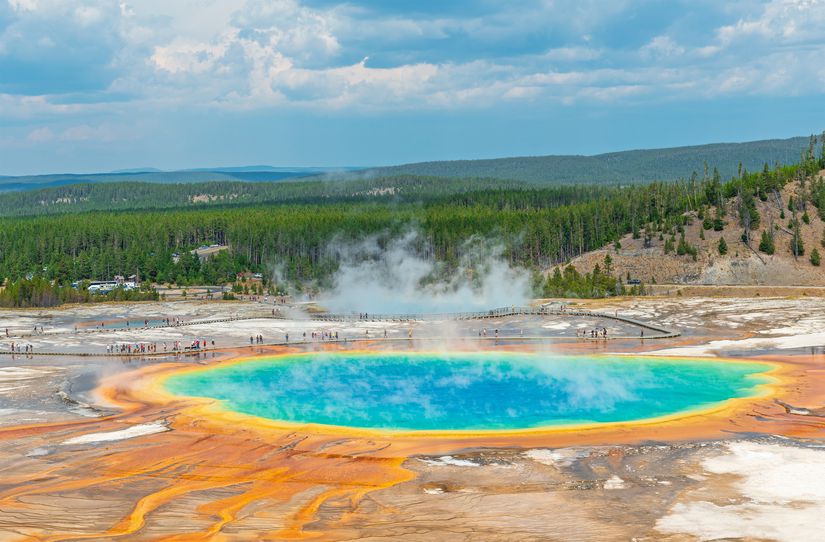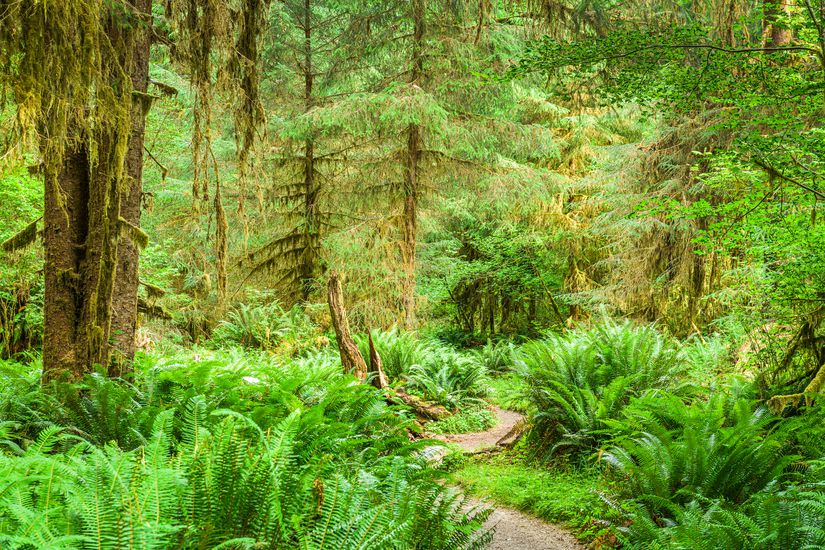Fascinating Facts
How well do you know America's national parks? Aside from their captivating natural beauty, the parks are equally fascinating and rich in history. We've curated 35 interesting national-park facts so you can discover what makes them so special before booking your next adventure, including the lowdown on a stunning natural phenomenon that's about to make its dazzling yearly appearance at Yosemite.












































